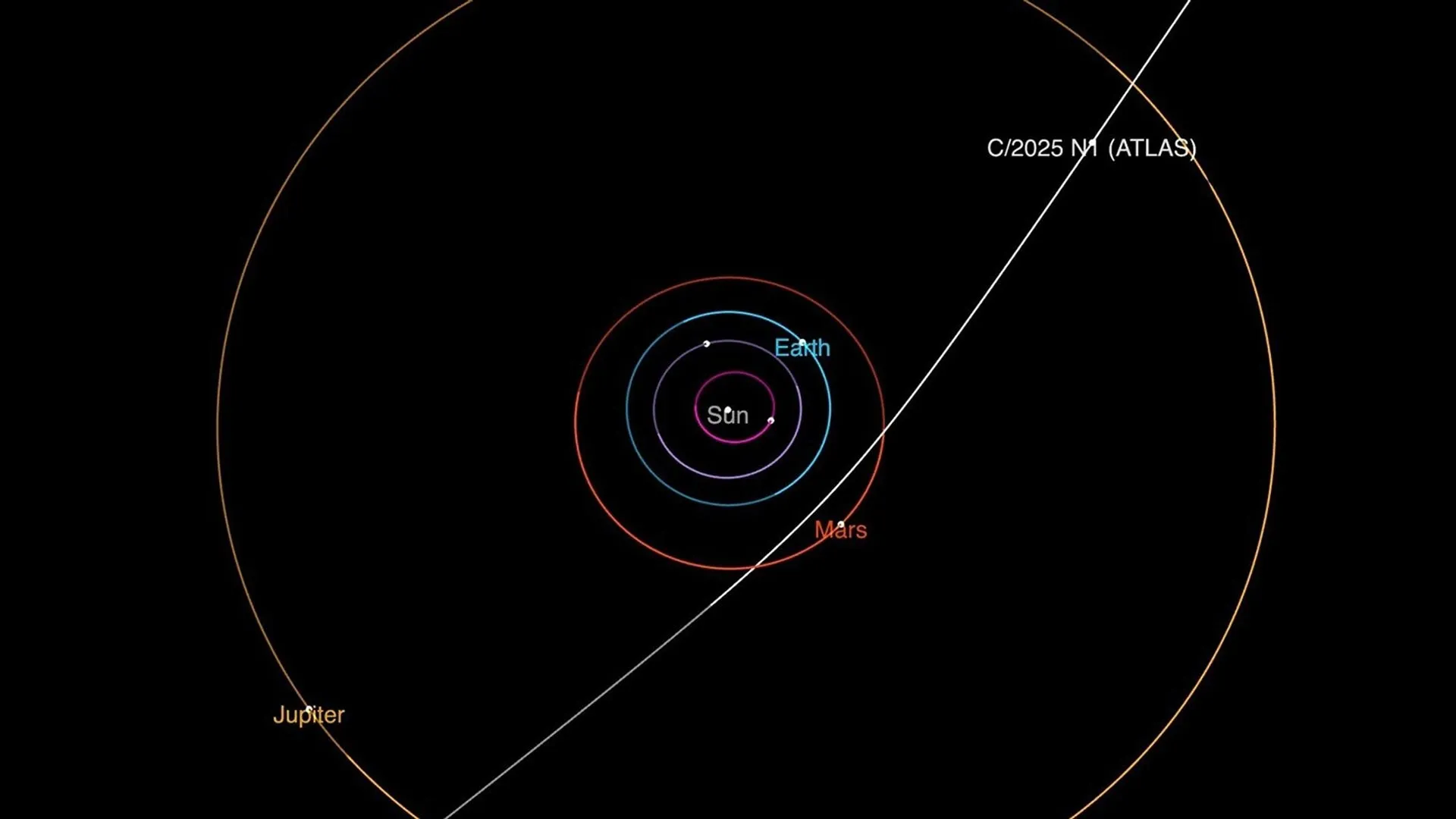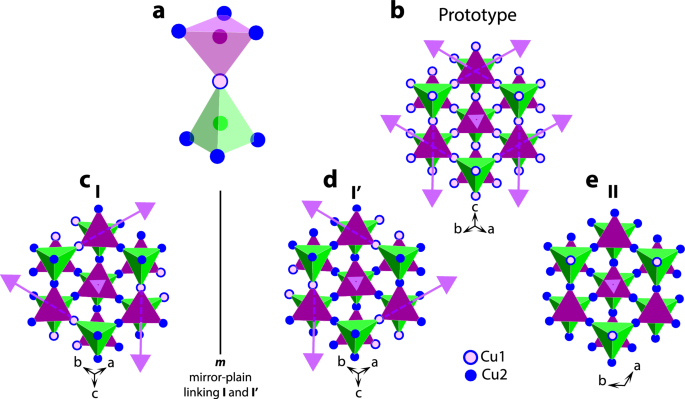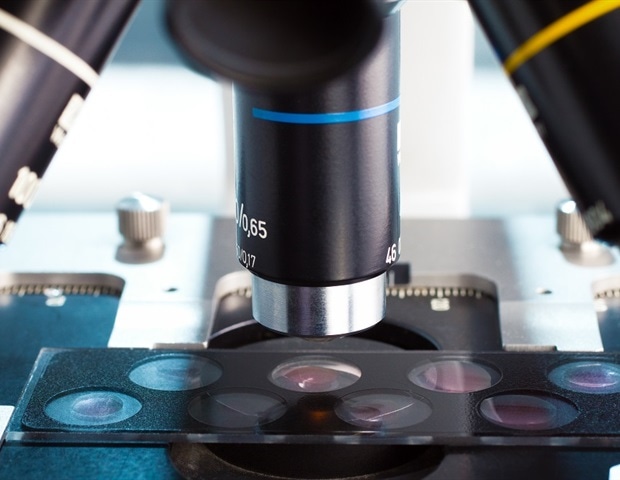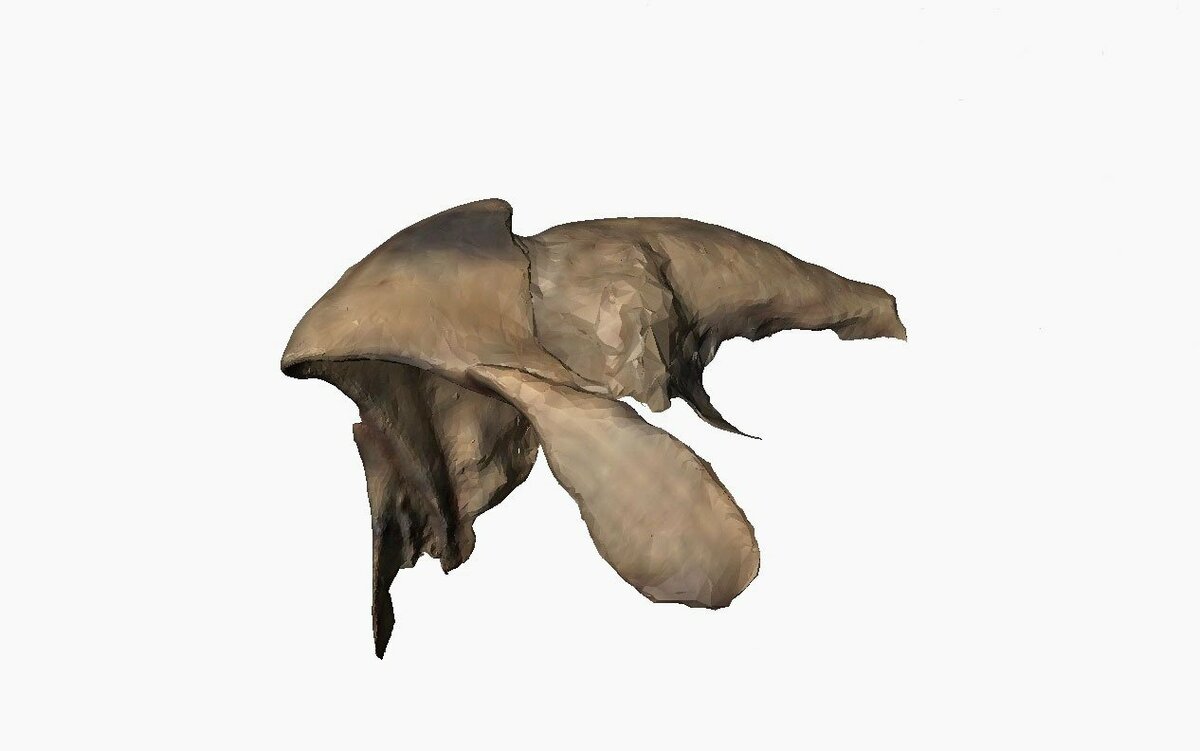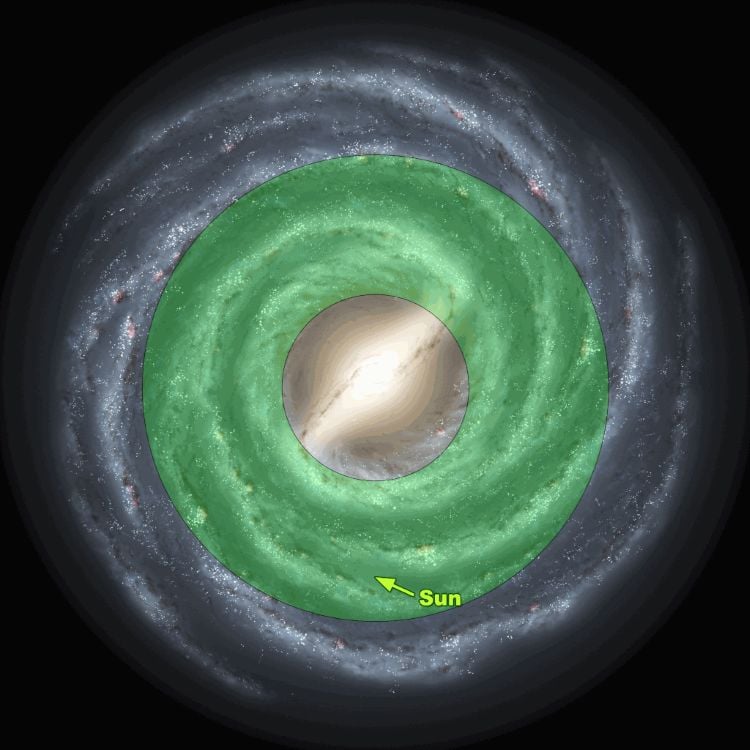A team of international astronomers, including a University of Michigan doctoral student, were the first to publish the discovery of just the third known interstellar object to visit our solar system on July 3.
Now, two of the researchers involved — Aster Taylor of the U-M Department of Astronomy and Darryl Seligman of Michigan State University — have authored a new study starting to characterize this far-flung object, dubbed 3I/ATLAS.
Interstellar objects are born outside our solar system and cruise through it without falling into a stable orbit around the sun. 3I/ATLAS and its two predecessors have opened rare, invaluable opportunities for researchers to learn new things about distant parts of our galaxy.
“This is what we’re here for — finding objects like this, making the public aware of them and generating excitement,” said Aster Taylor, a Fannie and John Hertz Fellow in the U-M Department of Astronomy.
That public excitement, in turn, keeps momentum going for funding and the new tools to enable future discoveries. For example, the Vera C. Rubin Observatory, which is supported by the U.S. National Science Foundation and the U.S. Department of Energy, came online this summer. Although it did not discover 3I/ATLAS, it’s projected to find one or two new interstellar objects per year, Taylor said.
“It’s an auspicious time to find cool objects,” Taylor said. “We’re excited about three, but if we can get to 10 or more of these things, then we’ll have a reasonable sample and we’ll be really excited about that.”
Both reports are available as preprints on arXiv. Taylor and Seligman also authored an op-ed about the discovery for Space.com.
Tale of the tape
The discovery of 3I/ATLAS was made possible by NASA’s Asteroid Terrestrial-impact Last Alert System. ATLAS consists of four telescopes — two in Hawaii, one in Chile and one in South Africa — that automatically scan the whole sky several times every night looking for moving objects.
ATLAS’s name hints at one of the most pressing factoids about this object: It’s not going to make terrestrial impact. That is, it won’t crash into Earth. In fact, it won’t get any closer to us than we are to the sun.
Also, it’s likely a comet, Taylor said. It’s enveloped by what’s known as a coma, a fuzzy cloud of gas and dust around its rocky nucleus. As 3I/ATLAS nears the sun, that coma will likely evolve and reveal interesting clues about its composition.
“3I/ATLAS likely contains ices, especially below the surface, and those ices may start to activate as it nears the sun,” said Seligman, a postdoctoral fellow at MSU. “But until we detect specific gas emissions, like H2O, CO or CO2, we can’t say for sure what kinds of ice or how much there is.”
Over the coming months, space telescopes like Hubble and JWST will be able to zoom in on 3I/ATLAS to probe these and other questions about its size, spin and how it reacts to being heated.
“We have these images of 3I/ATLAS where it’s not entirely clear and it looks fuzzier than the other stars in the same image,” said James Wray, a professor at the Georgia Institute of Technology who was involved in the discovery. “The object is pretty far away and, so, we just don’t know.”
Still, the researchers were able to work out some important characteristics from their initial observations. Specifically, 3I/ATLAS is faster, larger and older than its predecessors, 1I/’Oumuamua and 2I/Borisov.
3I/ATLAS has a hyperbolic velocity of just under 60 kilometers per second — roughly 130,000 miles per hour — compared to 26 for ‘Oumuamua and 32 for Borisov. The diameter of 3I/ATLAS is currently estimated to be as much as 10 kilometers, or 6 miles, which would be 100 times that of ‘Oumuamua and 10 times that of Borisov.
But Taylor is confident those numbers will shrink as astronomers get better observations of 3I/ATLAS. Such a large size would imply galaxies are way more efficient at making these kinds of objects than is physically possible.
Finally, ‘Oumuamua and Borisov have ages measured in millions of years, while 3I/ATLAS appears to be between 3 billion and 11 billion years old.
“It’s a wide range,” Taylor said. “But 11 billion years is pretty old. It’s about as old as the galaxy.”
This is another number that Taylor suspects will ultimately turn out to be toward the smaller end of the range. But it will be interesting regardless because it can provide more clues about how our galaxy was forming stars, planets and other objects earlier in its history.
The discovery
Taylor was recruited for the project while traveling to help confirm 3I/ATLAS was an interstellar object and make early characterizations. And there was a time crunch. If the ATLAS team had noticed 3I, odds were other astronomers had, too, and the team wanted to confirm its suspicions and get the news out first.
“I was fully on vacation in Fiji with my family when this was announced. When I heard, I just thought, ‘All right. Well, that’s my next two days,’” Taylor said. “It’s very exciting, but it’s also more stressful than you might think.”
Seligman had a little bit more notice, but not much. News started to spread within the group on July 1.
“I heard something about the object before I went to bed, but we didn’t have a lot of information yet,” Seligman said. “By the time I woke up around 1 a.m., my colleagues, Marco Micheli from the European Southern Observatory and Davide Farnocchia from NASA’s Jet Propulsion Laboratory, were emailing me that this was likely for real. I started sending messages telling everyone to turn their telescopes to look at this object.”
Larry Denneau, a member of the ATLAS team, reviewed and submitted the discovery observations from the European Southern Observatory’s Very Large Telescope in Chile shortly after it was observed.
“We have had false alarms in the past about interesting objects, so we know not to get too excited on the first day,” Denneau said. “But the incoming observations were all consistent, and late that night it looked like we had the real thing.”
John Tonry, another member of ATLAS and professor at the University of Hawaii, was instrumental in the design and construction of ATLAS, the survey that discovered 3I.
“It’s really gratifying every time our hard work surveying the sky discovers something new, and this comet that has been traveling for millions of years from another star system is particularly interesting,” he said.
Once 3I/ATLAS was confirmed, Seligman and Karen Meech, faculty chair for the Institute for Astronomy at the University of Hawaii, both managed the communications flow and worked on getting the data pulled together for submitting the paper.
“Once 3I/ATLAS was identified as likely interstellar, we mobilized rapidly,” Meech said. “We activated observing time on major facilities like the Southern Astrophysical Research Telescope and the Gemini Observatory to capture early, high-quality data and build a foundation for detailed follow-up studies.”
Other contributors to this research include the European Space Agency Near-Earth Objects Coordination Centre in Italy, California Institute of Technology, Auburn University, Universidad de Alicante in Spain, Universitat de Barcelona in Spain, European Southern Observatory in Germany, Villanova University, Lowell Observatory, University of Maryland, Las Cumbres Observatory, University of Belgrade in Serbia, Politecnico di Milano in Italy, University of Western Ontario in Canada, Universidad Diego Portales, Santiago in Chile and Boston University.
